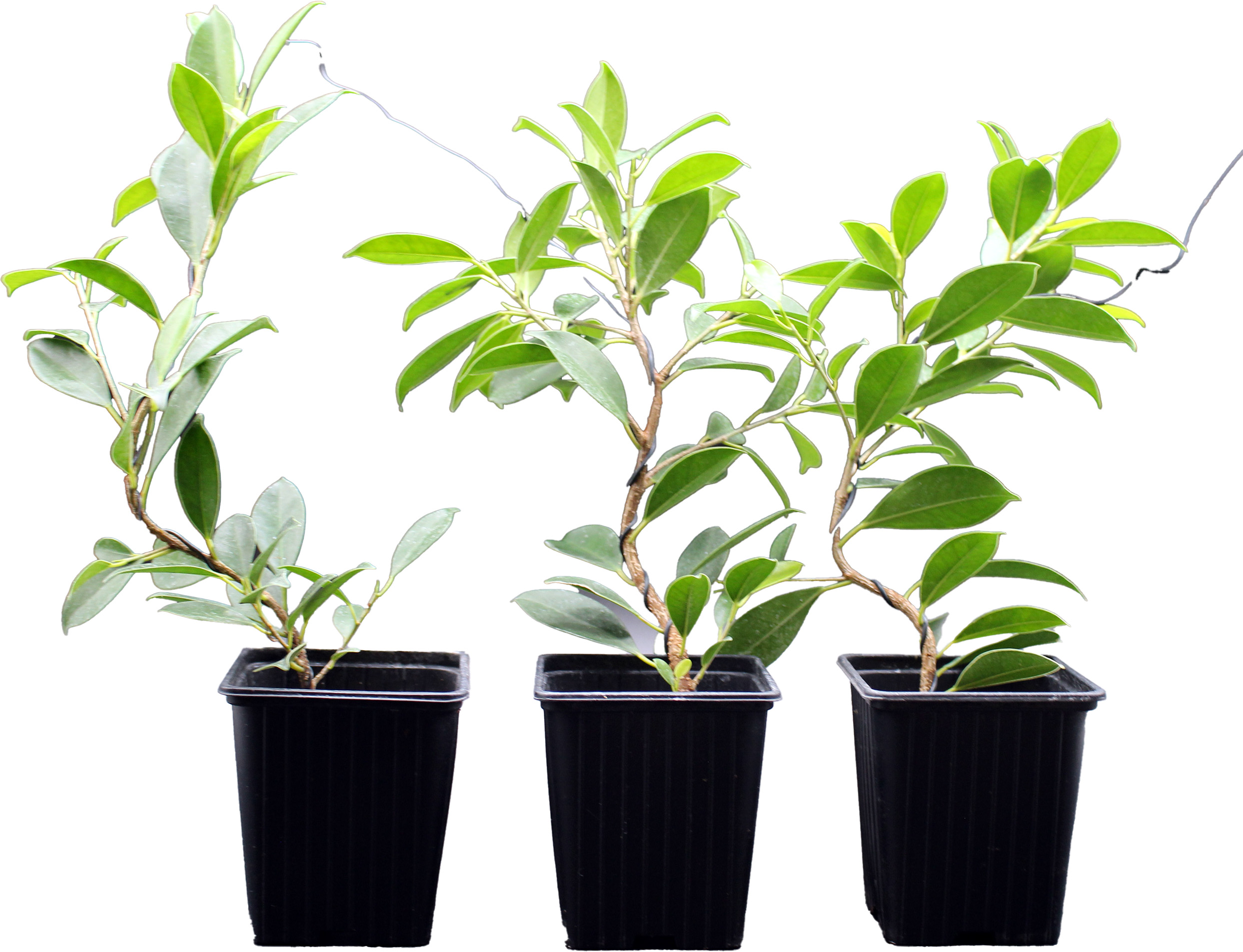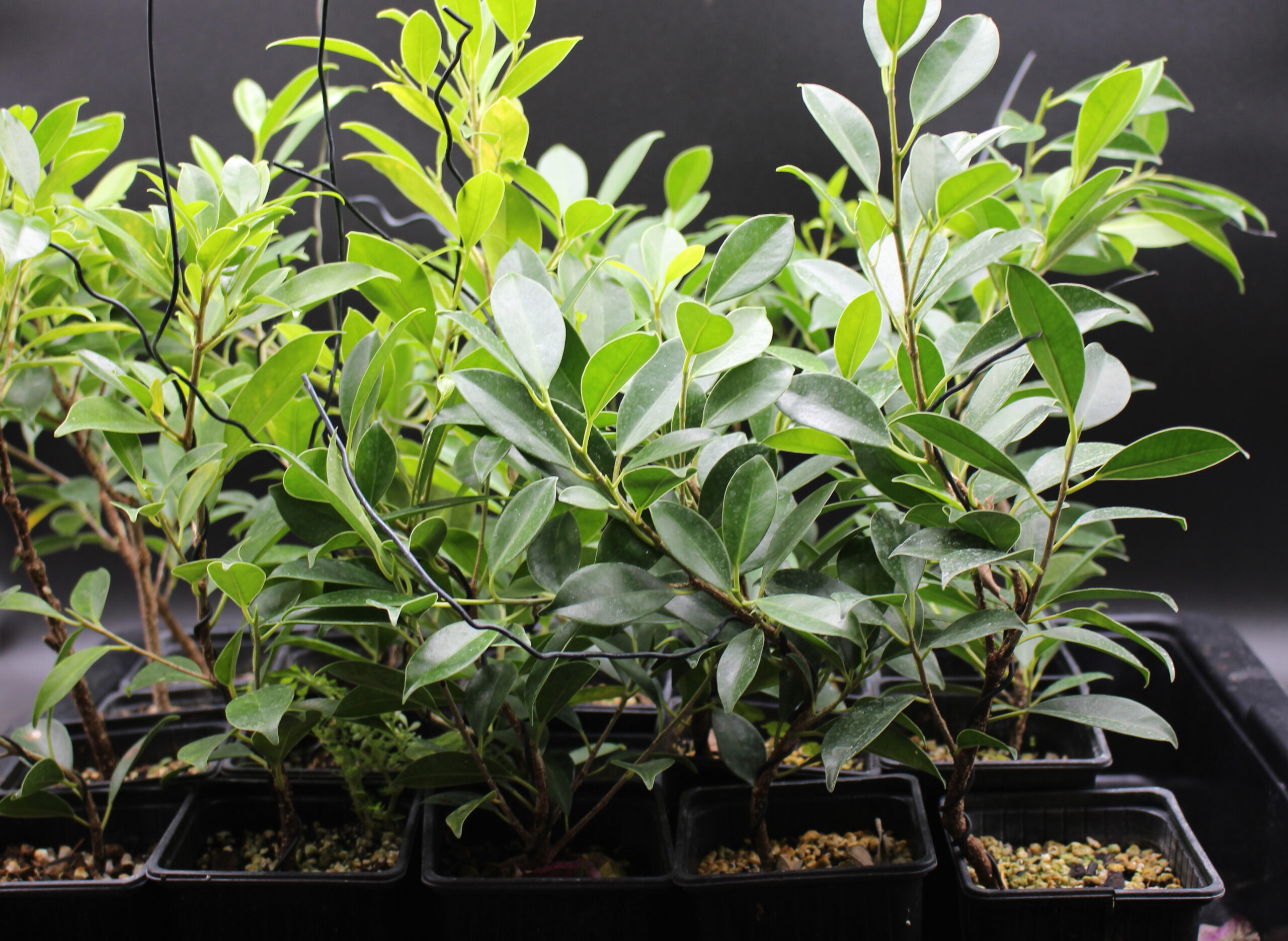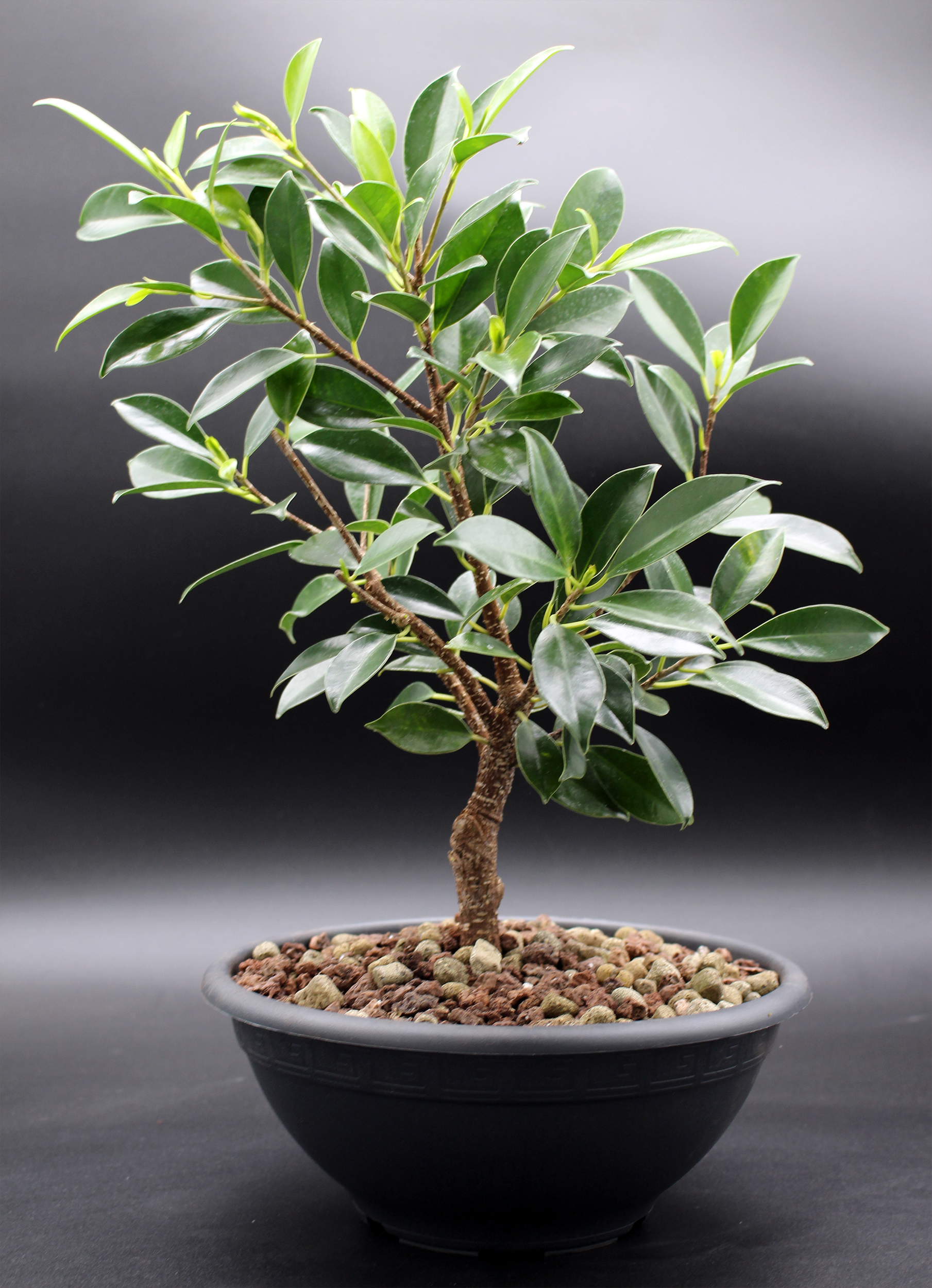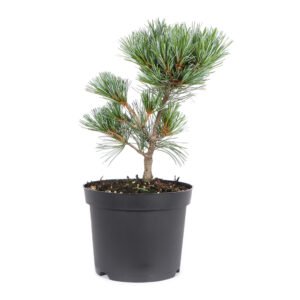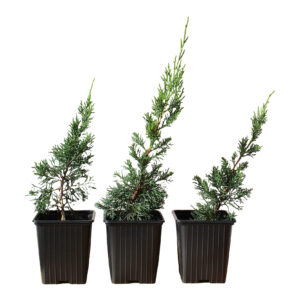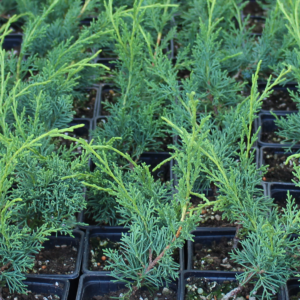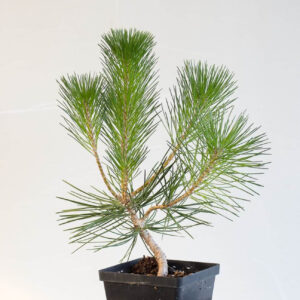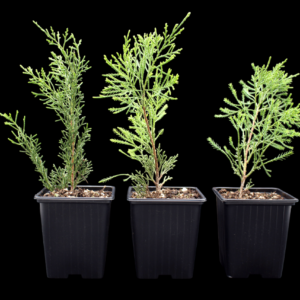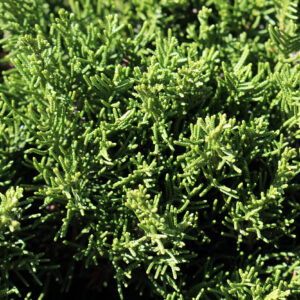Description
Making a Bonsai from a Young Ficus Microcarpa ‘Tiger Bark’
Creating a bonsai from a young Ficus microcarpa ‘Tiger Bark’ is a rewarding process that combines horticulture and design. This particular ficus variety is favored for its distinctive bark, small leaves, fast growth, and ability to grow aerial roots — all of which contribute to a classic, aged bonsai look even at a young age. Starting with a small plant gives you full control over its development and shape, allowing you to guide the tree into a form that reflects your vision.
Why Start with a Young Plant?
Using a young Tiger Bark ficus allows you to:
- Shape the trunk early for good taper and movement
- Develop a strong, compact root system
- Control branch placement from the start
- Avoid correcting bad structure from pre-trained or neglected stock
Although it takes time and patience, beginning with a seedling or small nursery plant gives you a blank slate — ideal for learning and building skills.
Step-by-Step: From Young Plant to Bonsai
- Choose a Healthy Starter
Start with a healthy young ficus in a nursery pot — ideally 6 to 12 inches tall. Look for:
- A thick, healthy trunk (or at least a promising one)
- Strong roots
- Bright green leaves with no signs of pests
- Flexible branches that can be shaped
You can also grow one from a cutting, though this adds a few months to the process.
- Initial Root Work
Once the plant is established and growing vigorously, remove it from its pot and inspect the roots. Ficus microcarpa tolerates root pruning well. You can:
- Trim away any circling or thick downward-growing roots
- Begin flattening the root base to prepare for future bonsai potting
- Repot it in a wider, shallow training pot with well-draining bonsai soil (a mix of akadama, pumice, and organic matter works well)
This stage begins to create the nebari, or surface root spread, which is important for visual balance.
- Trunk Development
At this point, let the plant grow freely for a season or more to thicken the trunk. You can:
- Plant it in the ground or a large container for faster growth
- Occasionally prune to promote taper and movement
Many growers trunk-chop their ficus: cutting the main trunk low to force new growth and taper. While dramatic, it’s a proven technique to create a bonsai that looks aged and powerful. New shoots will emerge from below the cut and can be selected to form the new apex.
- Wiring and Shaping
Once you’ve got some decent trunk thickness and new branches forming, begin wiring. Ficus branches are flexible when young:
- Use aluminum wire to shape primary branches and establish movement
- Avoid wiring during winter or in cold environments
- Check wire often — the bark can scar if wire is left on too long
With Tiger Bark, even light scarring may blend into the bark’s natural striations over time, but it’s still best to be cautious.
- Encouraging Aerial Roots (Optional)
One of the most interesting features of this ficus variety is its ability to grow aerial roots. If you want a banyan-style look:
- Increase humidity around the trunk and lower branches
- Wrap moist sphagnum moss around branch junctions
- Use a humidity tent or tray if growing indoors
Over time, roots will descend and can be guided into the soil. These create the dramatic, multi-trunked look many associate with tropical bonsai.
- Regular Pruning
Once the basic structure is set:
- Clip back new shoots to maintain shape
- Remove large leaves to encourage smaller regrowth
- Defoliate (remove all leaves) once or twice a year to reduce leaf size — only when the tree is strong and in growing season
Ficus responds well to aggressive pruning and quickly backbuds, meaning it will sprout new shoots even from old wood.
- Potting and Refinement
After a couple of years of shaping and development, your tree can be moved into a bonsai pot:
- Choose a shallow ceramic pot with good drainage
- Repot in spring every 2–3 years to refresh soil and prune roots
- Refine the canopy with secondary and tertiary branch structure over time
A true bonsai begins to emerge at this stage, with proportion, taper, and a pleasing silhouette.
Care Tips for Success
- Light: Bright indirect sun or filtered light. Can tolerate indoor conditions with grow lights if needed.
- Watering: Keep evenly moist. Allow topsoil to dry slightly between waterings. Avoid soggy soil.
- Feeding: Use balanced liquid fertilizer every 2–4 weeks during the growing season.
- Humidity: Loves humidity but tolerates average indoor conditions. Misting helps, especially for aerial root growth.
- Pests: Watch for scale, aphids, and spider mites indoors. Treat early with insecticidal soap or neem oil.
Final Thoughts
Creating a bonsai from a young Ficus microcarpa ‘Tiger Bark’ is a long but satisfying process. With time, consistent care, and thoughtful styling, you can transform a basic plant into a miniature tree full of character, movement, and personality. Its forgiving nature makes it perfect for beginners and rewarding for experienced artists who want to refine techniques like aerial root development or trunk chopping.
The result? A living sculpture that blends tropical strength with artistic form — and tells a story that unfolds over years.
Scientific name: Ficus Microcarpa ‘Tiger Bark’
Common Name: Ficus ‘Tiger Bark’
Origin: Indonesia
Available sizes: 5 – 30 cm
Age: 2 – 4 years
Delivery form: pot 9 x 9 x 10 cm
Additional information
| Weight | N/A |
|---|---|
| Size | 5-10cm, 10-20cm, 20-30cm |

